5 Must-Have Threat Hunting Tools You Should Consider in 2024

On this page:
What Are Threat Hunting Tools
When you think about cybersecurity, threat hunting solutions should be near the top of your mind.
These are proactive security measures that help you detect cyber threats before they turn into full-fledged problems.
These tools do more than wait for an attack to happen; they actively hunt for potential threats hiding in your networks and systems.
By detecting hidden or advanced threats, they help ensure that your digital world stays safe and sound.
Definition of Threat Hunting Tools
Threat hunting tools play a crucial role in enhancing your organization’s cybersecurity posture by digging deep into data to identify potential security threats.
This proactive threat hunting approach is a significant shift from traditional reactive security measures, which activate only after a breach has occurred.
By utilizing security monitoring tools, these solutions review data from various sources, searching for unusual or suspicious activity that could indicate a cyber threat.
The proactive nature of effective threat hunting is what sets it apart, employing advanced analytics and sometimes machine learning techniques to detect subtle deviations in user behavior.
This method allows for early threat detection, enabling the identification of hidden threats before they escalate into serious security issues.
User and Entity Behavior Analytics (UEBA) tools are essential in this process, focusing on behavioral threat hunting to accurately pinpoint abnormal activities that could signify insider threats.
RELATED: Threat Detection and Response: Best Practices
Importance in Cybersecurity
In the world of cybersecurity, the early bird gets the worm. Proactive threat hunting tools are vital for this because they allow you to nip potential breaches in the bud.
By constantly employing security monitoring tools to analyze your systems, these solutions improve your overall organizational security posture.
They ensure you’re not passively waiting for an attack; instead, you’re actively scanning the horizon for any signs of trouble.
Tools such as Network Detection and Response (NDR) act as watchful eyes, scrutinizing for anything unusual.
Security Information and Event Management (SIEM) systems proactively collect logs and other documentation for security monitoring.
This process cuts down the response time dramatically during security incidents, enhancing early threat detection.
Threat hunting teams use a combination of intel- and hypothesis-based models. This strategy presents a balanced approach, effectively applying both indicators of attack (IoA) and indicators of compromise (IoC) information to enhance their threat intelligence lifecycle.
The unique capabilities of each tool category are invaluable to any cybersecurity professional. With these threat hunting solutions in hand, you can greatly strengthen your defenses and keep your digital world safe.
Types of Threat Hunting Tools
Threat hunting tools, essential for effective threat hunting, can be classified according to their approach and specific capabilities.
Here’s a breakdown of the different types available, tailored to help you pick the right fit for your security monitoring needs.
- Endpoint Detection and Response (EDR) Tools
- Network Detection and Response (NDR) Tools
- Security Information and Event Management (SIEM) Tools
- Threat Intelligence Platforms
- User and Entity Behavior Analytics (UEBA) Tools
- Open Source Intelligence (OSINT) Tools
Endpoint Detection and Response
Your EDR tools are your frontline, watching endpoint devices for maliciousness. They do that by constantly monitoring processes and activities on devices, such as laptops and servers.
EDR tools are great at responding in real time. They immediately mitigate threats as they occur, limiting any damage.
The ability to integrate with other security solutions, such as SIEM systems, guarantees a layered defense, offering thorough protection against all threat vectors.
Network Detection and Response
NDR tools are essentially busybodies, observing traffic on your network for unusual behaviors. They help detect lateral movements, where attackers move quietly within your network.
NDR tools analyze network behavior to offer insights into potential threats and how to mitigate them.
This understanding is crucial in preserving network integrity and preventing unwanted access.
Security Information and Event Management
SIEM tools are the detectives of the cybersecurity world. They aggregate and analyze security data from across your systems, helping to see the clues that make up the evidence of a threat.
By correlating events from different sources, SIEM tools help identify patterns that suggest malicious intent.
They also support compliance and reporting requirements, which makes SIEM tools indispensable for organizations that need to maintain regulatory standards.
RELATED: What is SIEM? Understanding Security Incident and Event Management (SIEM)
Threat Intelligence Platforms
These platforms leverage threat data from multiple sources and provide actionable intelligence for threat hunting.
They complement the capabilities of other security solutions by adding context and insight into threats.
With platforms like these, you can proactively prepare for threats before they materialize, strengthening your overall security posture.
User and Entity Behavior Analytics
UEBA tools focus on user behavior, analyzing patterns to detect anomalies that could indicate insider threats or compromised accounts.
These tools are invaluable from an insider threat hunting perspective, leveraging machine learning to enhance detection.
By knowing what normal looks like, UEBA tools are able to quickly identify deviations that indicate potential security risks.
Open Source Intelligence Tools
Open Source Intelligence tools are used to collect publicly available information, adding external information to threat hunting activities.
Tools that automate this process provide a more comprehensive view of targets.
These tools are budget-friendly, so you can get the most out of your threat-hunting efforts without overspending.
Key Functions of Threat Hunting Tools
Identifying Anomalies
Identifying strange patterns within the data is crucial in proactive threat hunting. Advanced algorithms are employed to verify accuracy and detect unknown threats.
That’s where security monitoring tools come into play to locate those suspicious, out-of-the-ordinary patterns that might indicate a cyber threat.
These tools sift through mountains of data to find anything unusual. It’s like a detective looking for clues that don’t fit.
The magic is in smart algorithms that can look through data much faster than humans, searching for very small discrepancies, which is essential for effective threat hunting.
These tools are important in catching threats before they occur.
For example, a surge in network traffic at odd hours could indicate a red flag. Business leaders are growing more concerned with the risk of cybersecurity, with 68% agreeing that it is increasing. Thus, catching anomalies early is more important than ever.
Analyzing Suspicious Activities
When anomalies get flagged, that’s when the real work starts. Threat hunting tools help you dive deep into these activities, analyzing them to see if they’re part of a larger threat.
This analysis is crucial because not everything that looks weird is a threat; sometimes, it’s just a false alarm.
However, when it is a threat, understanding how it operates is key to stopping it. This involves piecing together how the attacker got in, what they’re after, and how they’re trying to achieve their goals.
Tools with features like threat topology and investigation workbench make this task easier.
These features help you visualize complex data relationships and reveal hidden patterns, making it easier to understand the nature of the threat.
Automating Threat Detection
Automation is a game changer in threat detection. By automating routine detection tasks, machines can take over, freeing up human experts to work on more complex problems.
Automation makes everything a lot faster and cuts down on the errors that people can make when looking at large amounts of data.
Machine learning plays a significant role here, continuously learning and adjusting based on past incidents to help identify future threats more effectively.
These automated tools are essential to threat hunters, especially as the amount of data that can be collected increases.
Features like automatic incident timelines and seamless workflows simplify the evidence-gathering process. These capabilities keep you one step ahead in the cybersecurity game.
Benefits of Integrating with Security Systems
Integrating threat hunting solutions with your security systems can lead to dozens of benefits, enhancing your cybersecurity posture and enabling effective threat hunting.
- Get better visibility and understanding of the threat landscape.
- Spot threats and stop them before they cause harm.
- Automate threat detection and reduce manual work.
- Measure how well your threat hunting efforts are working.
- Share information about threats across different security tools.
- Respond to threats faster and with more efficiency.
Enhanced Threat Visibility
By integrating threat hunting tools with your security systems, you increase visibility. You gain a clearer view of the whole security landscape. This integration provides you with a clear view of potential threats.
When all the pieces are put together, you can connect the dots and spot problems early. Dashboards are a big part of the visualization of threat data. They give you a snapshot of what’s going on so that you can make rapid and informed decisions.
Organizations can leverage dashboards to monitor indicators of compromise (IoC) and indicators of attack (IoA). This gives them useful insights into both the current and future threats. With real-time visibility and detailed data collection, you can better manage endpoints.
That reduces manual work and allows you to spend more of your time stopping breaches.
Improved Incident Response
With integrated tools, your incident response processes are more streamlined. It also means your team can act faster and with more precision because everything they need is at their fingertips.
Separate systems play nice with one another. This coordination decimates response times, allowing us to detect, investigate, and contain threats in as little as five minutes. Access to complete data when incidents occur is crucial.
It enables your team to make informed decisions, reducing damage and costs associated with data breaches. Automating parts of the threat hunting process with machine learning increases efficiency. It also dramatically decreases response time.
RELATED: Mastering Incident Response: Best Practices for Effective Handling
Streamlined Security Operations
Integration makes it easier to manage security operations. By eliminating the operational silos between the various camps of security teams, you will create a culture of better communication and collaboration.
This means everyone’s on the same page, sharing information seamlessly and working toward a common goal. This integration greatly reduces the risk of data breaches and cyberattacks. These threats can cost organizations millions of dollars each year.
Organizations can preempt these attacks before they occur by shoring up their defenses. This proactive approach makes their security approach cohesive and effective.
This synergy between different security solutions is essential to establishing a robust defense posture. It allows us to scale and address threats in a more effective manner.
Top 5 Leading Threat Hunting Tools
1. Comprehensive Overview of Tools
CyberChef
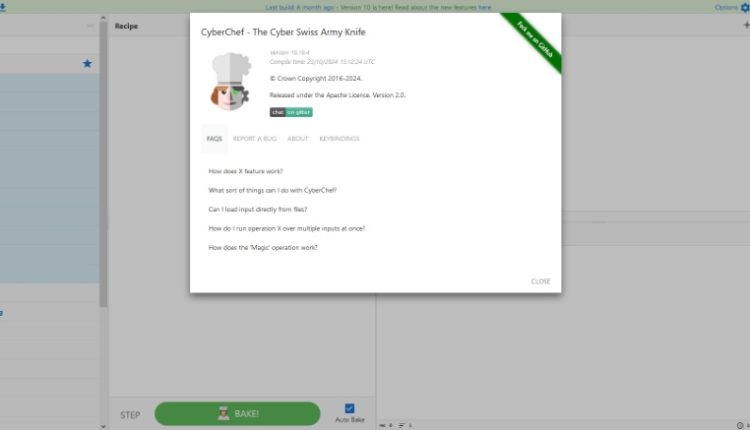
CyberChef is an all-in-one web app that assists with data analysis, decoding, and encryption. This tool is perfect for anyone who loves a Swiss Army knife approach to advanced threat hunting. Designed for power users, it provides a flexible toolbox to solve a variety of problems.
CrowdStrike
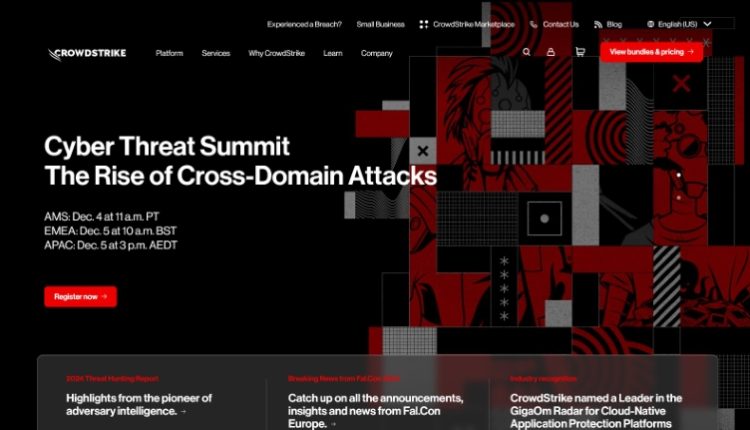
CrowdStrike offers a complete security service by outsourcing endpoint security to skilled cyber agents. It’s ideal for operations lacking in-house expertise, allowing them to rely on CrowdStrike’s professional team for continuous security monitoring tools.
LevelBlue OSSIM
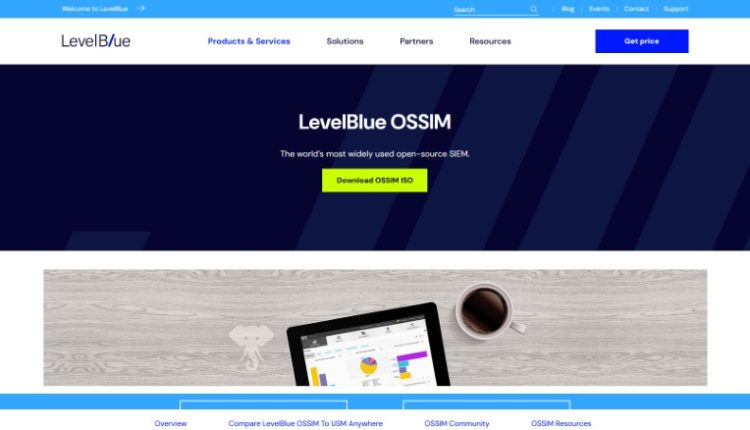
LevelBlue OSSIM combines multiple open-source security tools into a single platform, making it ideal for users who want comprehensive security without a hefty price tag. It also excels at integrating with other tools. However, you may have to be a little technical to keep things rolling.
Shodan
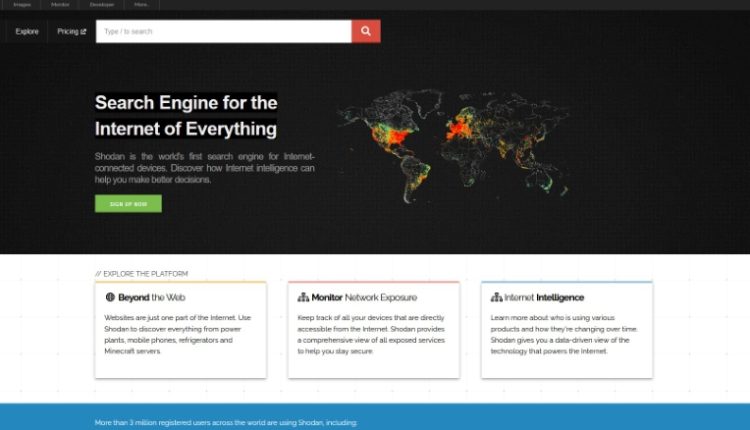
Shodan excels in scanning the Internet of Things (IoT). It helps identify insecure devices connected to the internet, providing useful information about vulnerable networks. This tool is especially beneficial for organizations that want to improve their IoT security.
IBM X-Force Exchange
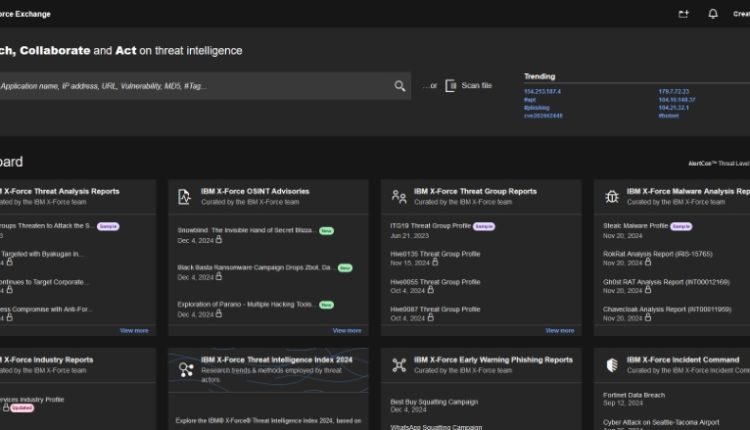
IBM X-Force Exchange offers a blend of human and machine intelligence for threat research. It encourages collaboration and expert consultation, making it a strong choice for teams who value shared knowledge and cybersecurity insights.
2. Key Features Comparison
|
Tool |
Functionalities |
Pricing |
Unique Offerings |
|---|---|---|---|
|
Data analysis, decoding, encryption |
Free |
Versatile, all-in-one toolkit |
|
|
Endpoint security, threat monitoring |
Subscription |
Outsource security to cyber professionals |
|
|
Integrates open-source security tools |
Free |
Comprehensive, multi-tool integration |
|
|
IoT device scanning, network vulnerability insights |
Subscription |
In-depth IoT exploration |
|
|
Threat research, collaboration with experts |
Freemium |
Combination of human and machine intelligence |
3. Availability and Accessibility
CyberChef is a web-based tool; it’s available from any browser, making for easy deployment without requiring installation.
CrowdStrike is simple to install and manage from anywhere, which is great for businesses with dispersed teams.
LevelBlue OSSIM is predominantly on-premises, but it does support hybrid modes, making it highly adaptable for diverse IT environments.
Shodan is a cloud-based service, allowing you to use it on the go. You can even try it out with trial options if you’d like to evaluate its capabilities!
You can use IBM X-Force as a cloud service, with multiple ways to deploy. It even offers trial periods for initial exploration.
4. Advantages for Organizations
Organizations can benefit from enhanced security through advanced threat detection.
They can also achieve better risk management and compliance through threat anticipation.
Additionally, potential cost savings can be realized by avoiding security breaches.
Access to expert knowledge and insights boosts internal capabilities, while increased efficiency in handling security incidents is another significant advantage.
Key Points to Remember
You just have it right there. Threat hunting tools – they’re not just some fancy tech.
They’re your first line of defense against hackers. By choosing the correct tools, you fortify your system. It’s like having a guard dog that never sleeps. With these tools, discover threats before they attack.
- Threat hunting tools help proactively detect and mitigate possible security threats within IT infrastructure.
- These tools cover areas such as network traffic inspection, endpoint monitoring, and behavior-based threat detection, providing a multi-faceted approach to securing systems.
- These tools are good at identifying anomalies and integrating threat intelligence. They also significantly enhancing the ability to detect, analyze, and respond to security threats in real time.
- By integrating threat hunting tools with your existing systems, you can significantly bolster your organization’s security.
- Some of the best threat hunting tools are notable for their sophisticated machine learning algorithms.
- Add these tools to your cybersecurity arsenal to be ready for the next wave of threats. You’ll reduce the risk of data breaches and continue to keep your digital assets well protected.

